A serial killer is usually defined as someone who kills three or more people. The term hasn’t really been around all that long, most likely cropping up sometime in the mid-1970s, even though there were certainly what would now be classified as serial killers before then. As proved by the ever-growing popularity of the true crime genre and long-running detective shows, we have an enduring fascination with serial killers. What are their motives? Was it something in their upbringing? How about nature vs. nurture?
The '80s were the first full decade when the term ‘serial killer’ was being used, so the movies had some catching up to do. We’ve ranked the 10 greatest serial killers of the 1980s, when the genre was at its freshest and still to be defined.
10 Cop (1988)
Cop is a hard-boiled neo-noir written by renowned crime writer James Ellroy and directed by James B. Harris, also known for his work producing a number of Stanley Kubrick’s films. James Woods stars as an LAPD detective named Lloyd Hopkins who is working the vicious murder of a young woman when it becomes apparent that this is not the killer’s first rodeo. Hopkins is a pretty lousy person himself, and his wife leaves him, taking their young daughter with her, but Hopkins is having sex with an escort and doesn’t really mind.
Hopkins and his friend Dutch (Charles Durning) quickly find themselves mired in the dark world of sheriff’s deputy Whitey Haines and his seedy group of pals, who have been ramping up their crimes since high school. The movie is brutal and sleazy and won critical acclaim, particularly for Woods’ low-down, dirty performance.
9 Tightrope (1988)
Clint Eastwood stars in his second collaboration with Richard Tuggle, the writer/director who also wrote Escape from Alcatraz. He plays a divorced New Orleans cop named Wes Block, and he’s on the trail of a man who is killing sex workers. He teams up with Beryl (Geneviève Bujold), who runs a rape prevention program, but he’s also got the unethical habit of sleeping with sex workers after interviewing them.
Block becomes more heavily involved in the case, and the killer becomes more involved with block, stalking him, sending him messages, breaking into his home and killing his daughters’ nanny. In the end, a hint dropped to the audience proves true, and the killer turns out to be another cop. Block saves the day and possibly comes out of the case with a little more respect for women.
8 Ms .45 (1981)
Abel Ferrara’s exploitation film was shocking to film audiences at the time of its release, and it hasn’t lost its shock value 40 years later. The late Zoë Tamerlis starred as the mute Thana, a seamstress who is violently raped on her way home from work one day, only to be attacked again by a second perpetrator once she reaches home. The second time, she is able to fight back and ends up bludgeoning the man to death.
She dismembers his body but keeps his gun, leaving bagged-up body parts in different locations in the city. Her behavior becomes erratic, and she fears that every man on the street is a potential attacker, but what begins as a sort of preemptive, self-defense killing spree turns into Thana picking her targets before she kills them. She attends a work party wearing a nun costume, and shoots her boss when he attempts to seduce her, before turning the party into a virtual massacre. Fun fact: Ferrara has a cameo as the first attacker.
7 Blow-Out (1981)
Brian de Palma focused on the medium of sound when making this thriller, in the way that Antonioni’s Blowup focused on photography. John Travolta is Jack, a humble sound engineer trying to get some better screaming and wind effects for the low-budget slasher film he’s working on. Recording at a park, he witnesses a car accident, realizing after the fact when he listens to the tape that he has unwittingly recorded what just might have been an assassination instead of a mere accident. A young woman named Sally (Nancy Allen) survived the accident, and Jack learns that she’d been involved with the man who was killed, who happened to have been the governor.
The man responsible is a hired gun named Burke (John Lithgow) who attempts to kill Sally, but strangles someone who looks like her instead, leading him to kill a couple more women so when he eventually gets Sally, a serial killer will be suspected. Burke’s evil plan works and Jack gets his perfect scream, unfortunately, it happens to be Sally’s as she dies.
6 Tenebrae (1982)
With a plot worthy of Agatha Christie, one of Dario Argento’s best giallo films is the tale of a horror writer named Peter Neal (Anthony Franciosa) who learns that a killer is taking inspiration from his books. After the killing of a female thief, the murderer sends Neal a note informing him of his plans to continue, and he quickly makes good on his promise with the deaths of a journalist and her lover, the daughter of Neal’s landlord, and a TV journalist (a death by axe that is actually witnessed by Neal and his police contact, Germani (Giuliano Gemma).
There is hope that the TV journalist was the killer of the previous victims, but the killings don’t stop. We’ll stop short of revealing the twist here, but let’s just say it’s a doozy. (It was originally released in the US heavily edited and with the title Unsane, but make sure you get your hands on the original version.)
5 Cruising (1980)
William Friedkin was no stranger to controversy in his directorial career, and he courted it again with this Al Pacino vehicle about a serial killer terrorizing the gay club scene in New York. Pacino is detective Steve Burns, who goes undercover to advance his career, although it causes no end of troubles with his girlfriend, to whom he can’t tell the truth. Burns finds himself growing close to his neighbor, a gay playwright, and starts to be disturbed by police treatment of the gay community.
The closer Burns gets to finding the killer, the blurrier the lines of his life get, and the open-ending final scene of the movie was confusing to viewers at best. It’s a gritty, uncomfortable movie, especially as it was inspired in part by a series of articles about gay men being killed, and the film was dogged by protests by a community that felt they were already being targeted.
4 Henry, Portrait of a Serial Killer (1986)
Years before he portrayed Merle Dixon on The Walking Dead, Michael Rooker starred in a serial killer film that earned itself an X-rating. Henry, Portrait of a Serial Killer was based loosely on the lives of Henry Lee Lucas (Rooker in his film debut) and Ottis Toole (Tom Towles, known as Otis in the film). The two men met in prison, and the meeker Otis is led into ever more heinous killing by the psychopathic Henry, often with an angle of extreme sexual depravity, and involving family members.
Otis’ sister Becky (Tracy Arnold) joins the men on their spree, and both she and Otis end up dying at Henry’s hands. For all its depravity, the film still had its champions, notably Roger Ebert, who gave it three and a half stars and praised its lack of the usual gloss of movies about killers.
3 Sea of Love (1989)
Al Pacino was at his '80s best as a homicide detective trying to find a killer who seeks his victims through singles’ ads somehow. He plays Frank Keller, and he sets up a semi-undercover operation with another detective Sherman Touhey (John Goodman) that involves Keller going out on dates with women placing rhyming ads in the newspaper, which is how Keller meets Helen (Ellen Barkin).
After a false start, Keller and Helen begin a relationship, until Keller becomes aware that she’d exchanged correspondence with each of the men who’ve turned up dead so far. Keller struggles with his alcoholism and Helen struggles with trust issues, and it makes for a great, suspenseful neo-noir from director Harold Becker, written by Richard Price.
2 Dressed to Kill (1980)
Brian de Palma’s second on the list is a dark Hitchockian thriller starring Michael Caine, who played psychiatrist Robert Elliott. A patient, Kate Miller (Angie Dickinson) is angry when she fails to seduce him, and recklessly sleeps with a stranger, who afterward brutally kills her in an elevator. An escort named Liz stumbles upon the gory scene, unwittingly becoming simultaneously the suspect and the real killer’s next target.
Unfortunately, this movie is also very much of its time, and the plot twist involves some pretty terrible attitudes towards the transgender community and the treatment of women, but overall it’s also a stylish update of Psycho with some terrific acting.
1 Manhunter (1986)
Speaking of style, Michael Mann’s adaptation of Thomas Harris’ Red Dragon is all about style. The prequel to the perhaps better-known Silence of the Lambs features William Petersen as profiler Will Graham, who must work with the murderous Hannibal Lecktor (Brian Cox) to hunt down a serial killer known as the Tooth Fairy (Tom Noonan).
Graham has been burned by Lecktor before, and comes out of retirement only reluctantly to team up with the imprisoned doctor. At its release, it was thought that the film relied too heavily on style, and laid it on a little thick about the similarities between Graham and Lecktor. In hindsight though, the movie has gained acclaim as a cult classic, with its stylized, chilly detachment working in its favor.
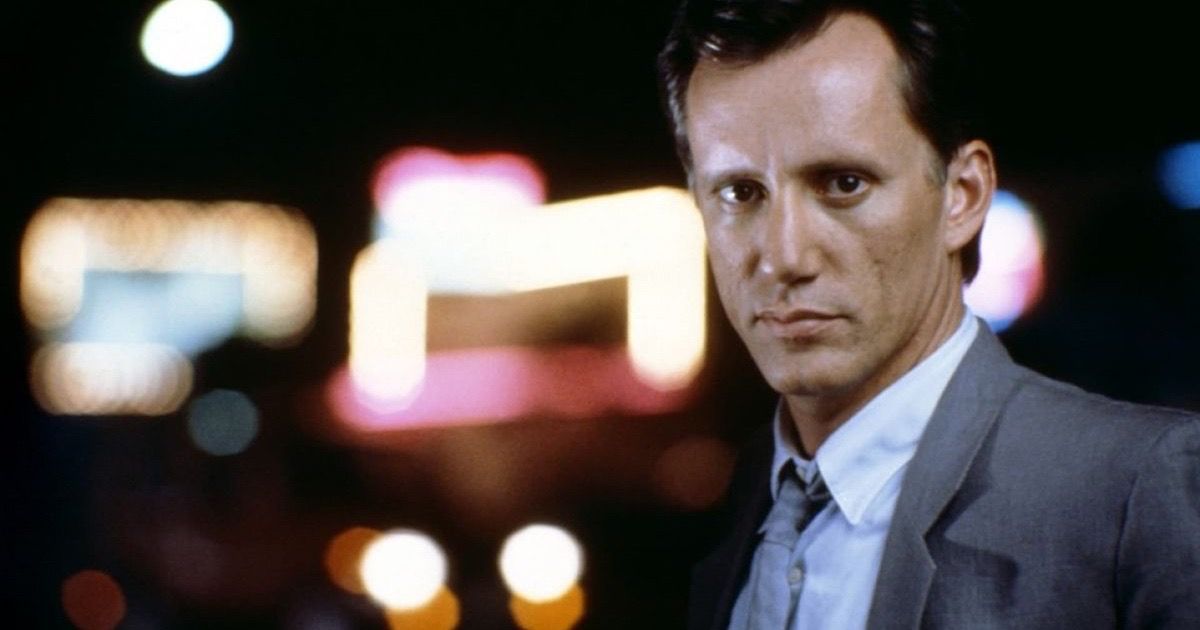




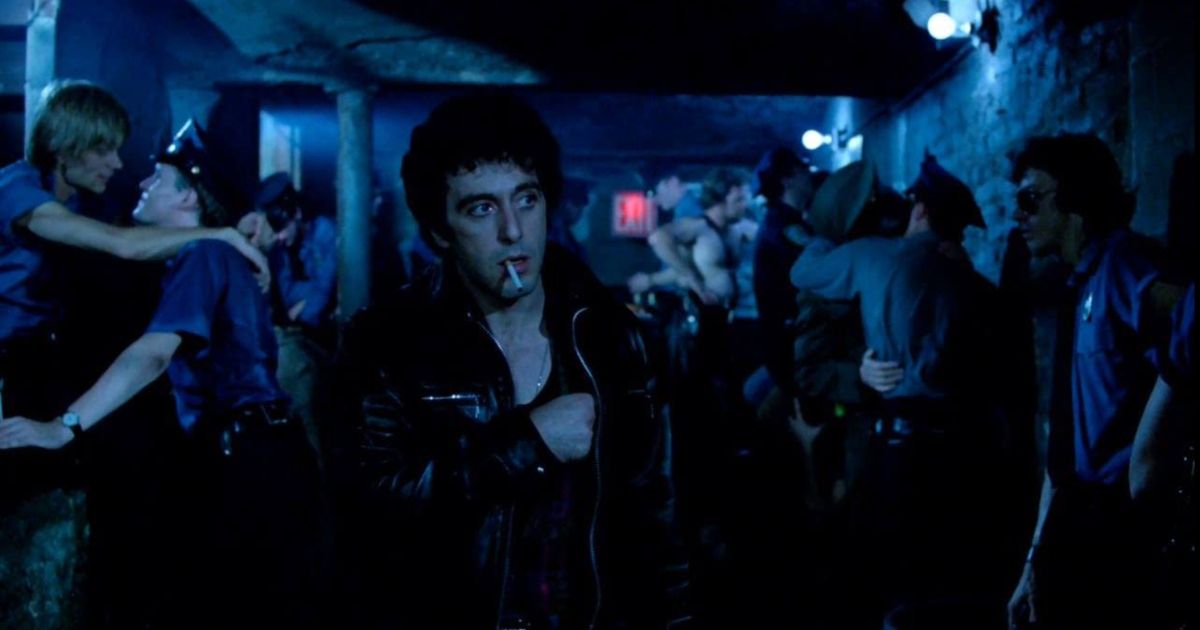
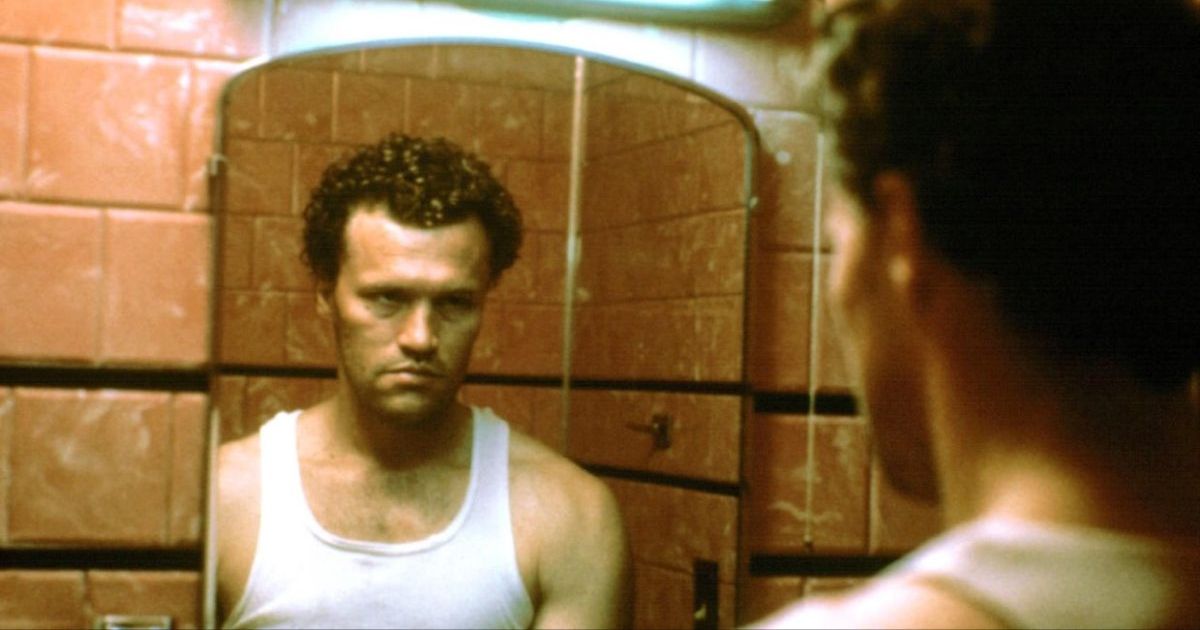
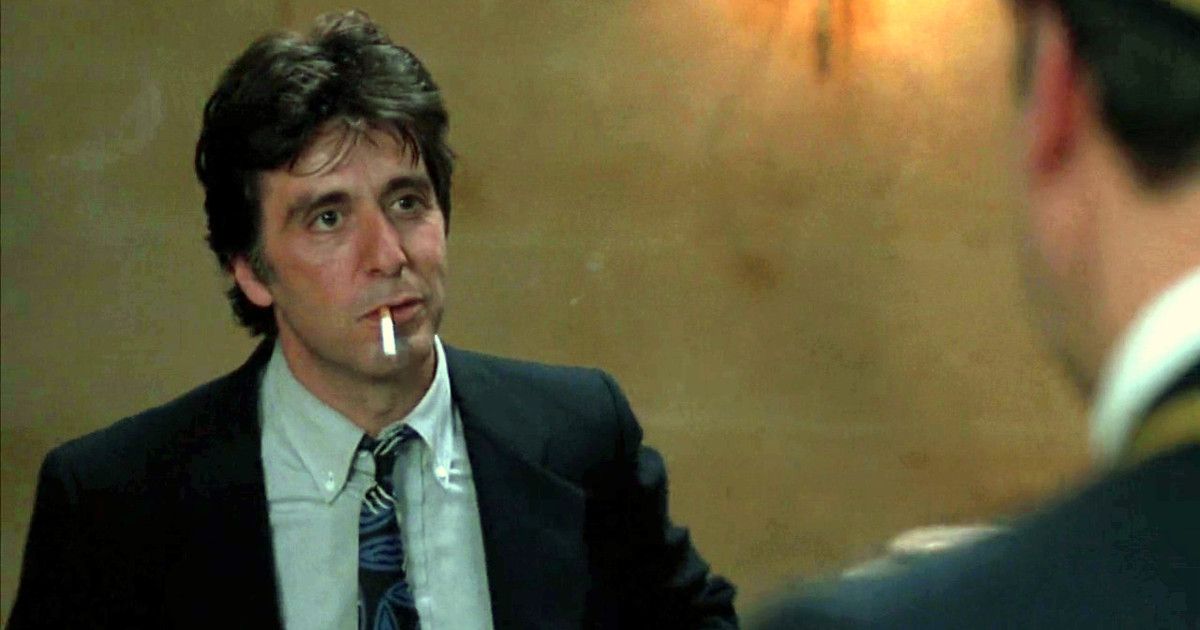

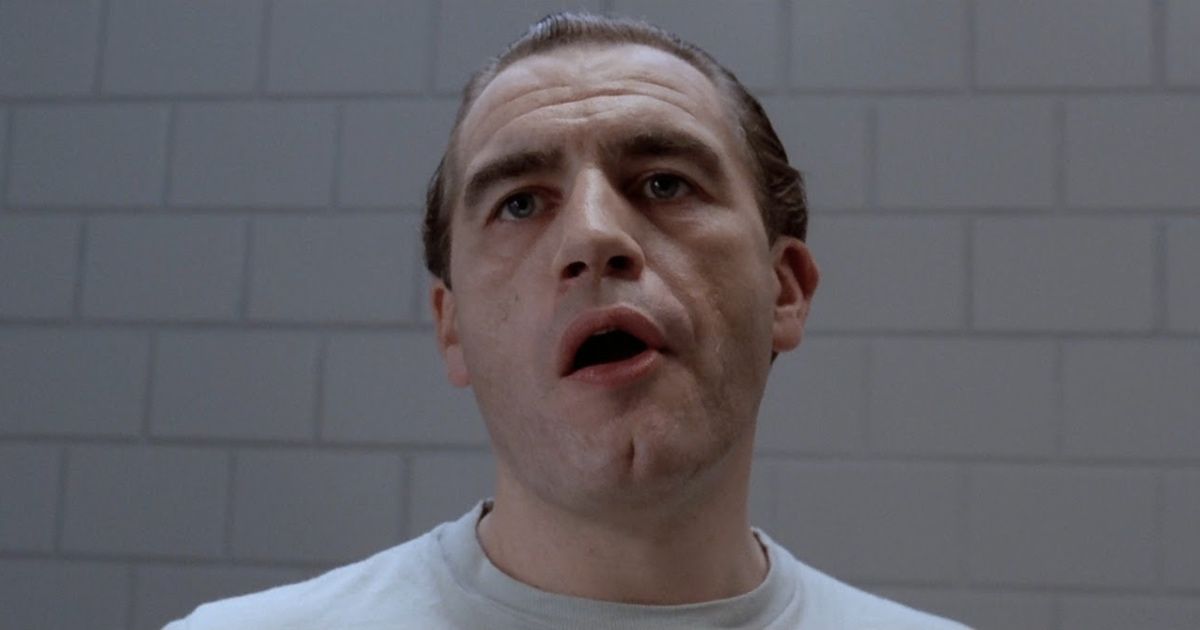
Comments
Post a Comment